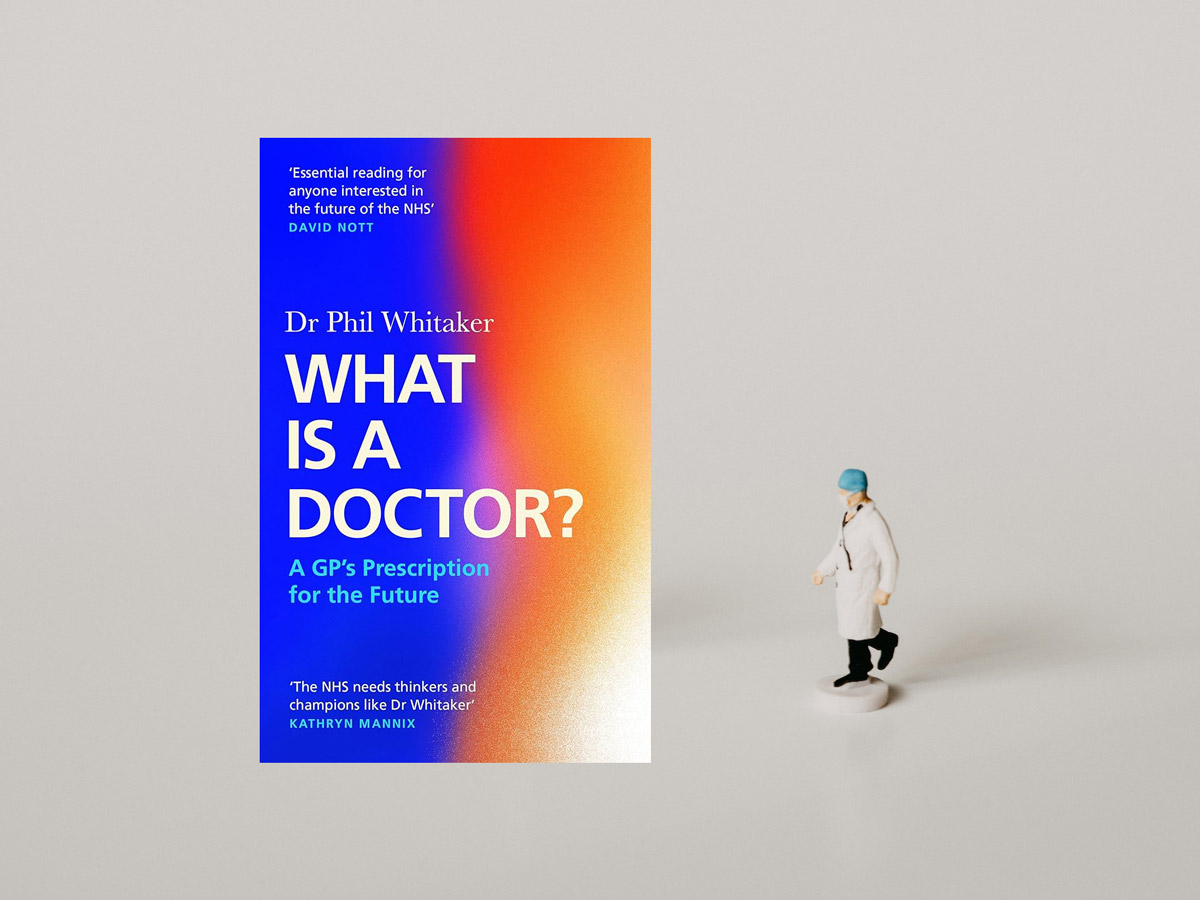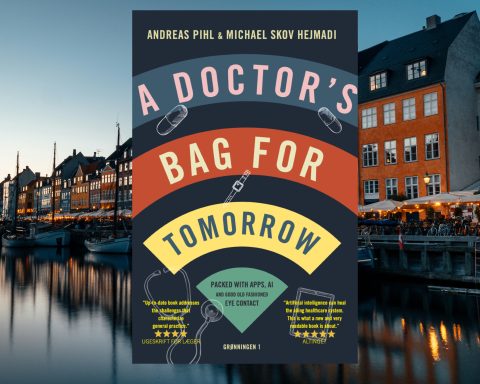 Emma Ladds is a practising GP partner and Wellcome Trust DPhil student at the University of Oxford. She is on Twitter: @LaddsEmma
Emma Ladds is a practising GP partner and Wellcome Trust DPhil student at the University of Oxford. She is on Twitter: @LaddsEmma
Whatever happened to our dream?
This question, the central theme raised by Phil Whitaker’s book, ‘What is a Doctor? A GP’s Prescription for the Future’, must resonate with many GPs across the UK. It certainly did with me.
In factual terms, Whitaker’s depiction of general practice narrates the practical implications of policy changes over the author’s lifetime and the challenges these pose to the traditional values of general practice — alongside the impact on individuals, society, and the wider system. However, the book’s value runs far deeper than this.
Through the stories of Marta, Matilde, Daniel, Charlie, and many others, we learn about the impacts of medicalising ‘lifestyle’ conditions; the Quality and Outcomes Framework and evidence-based medicine; the 2004 GP contract and loss of 24-hour relational-based care; the National Risk Service; ‘Martini Medicine’ (‘anytime, anyplace, anywhere’); multimorbidity; overseas doctors; the workforce crises … and more.
There are eloquent lessons for individuals, GPs (and their teams), and policymakers – if they are listening.
More importantly we learn about the relationships GPs forge with their patients and the profound impact of this interpersonal knowledge and continuity – difficult to measure and thus often overlooked in our stretched system.
“There are eloquent lessons for individuals, GPs (and their teams), and policymakers – if they are listening.”
Nothing is more illustrative than the story of Daniel, who suffers from a destructive joint disease. In a seemingly innocuous consultation with Whitaker, who has been privileged to witness the course of his illness, Daniel is asked about his mood. The relational comfort leads him to open up with deep answers, culminating in a short note to his GP: ‘YOU KNOW I’M NO GOOD AT SAYING THINGS IN WORDS BUT THANK YOU FOR SAVING MY LIFE.’
It is a sentiment borne out in evidence. Continuity of care saves lives.1
As a GP partner who grew up in a ‘traditional general practice’ household and believes in the holistic and integrative skill of our specialty, Whitaker’s book was a welcome relief. It serves both as a guide for patients and professionals to inform them why the NHS finds itself in its current situation, while hopefully also acting as a wake-up call for politicians and policymakers. It is also a professional call-to-arms.
As well as his wealth of experiences and knowledge, Whitaker draws on his patients’ stories and interviews with experts to help his readers engage constructively with the issues he presents. He introduces (among other areas) low-carbohydrate diets, the evidence around the benefits of exercise, and useful guidance around the benefits, risks, and harms of medications.
He also takes us on an indulgent tour of my general practice heroes: the inspiring continuity work by Sir Denis Pereira Gray, Phil Evans, and Kate-Sidaway-Lee; the humanism of Iona Heath and Martin Marshall; the pioneering work of Julian Treadwell (re-communicating population versus individual risks); and David Unwin’s work on reversing diabetes – we learn about cutting edge and meaningful thinking in general practice today.
So, am I left encouraged by Whitaker’s book? No. I am sad about where we are. Saddened that events would inevitably lead us here. And yet, it does offer a way forward. Perhaps as a profession we can take hope from the stories of Marta and Matilde. Perhaps there is a way that we too, in the face of raging diabetes, can reverse our metaphorical HbA1c’s. Perhaps we may yet find ourselves able to give a little fist shake and a wink when we turn the corner … just perhaps.
Featured book: Phil Whitaker, What is a Doctor? A GP’s Prescription for the Future, Canongate Books, 2023, HB, 320pp, £14.39, 978-1838857974
Reference
1. Sidaway-Lee K, Gray DP, Evans P. A method for measuring continuity of care in day-to-day general practice: a quantitative analysis of appointment data. Br J Gen Pract 2019; DOI: https://doi.org/10.3399/bjgp19X701813.
Featured photo by Annie Spratt on Unsplash.






